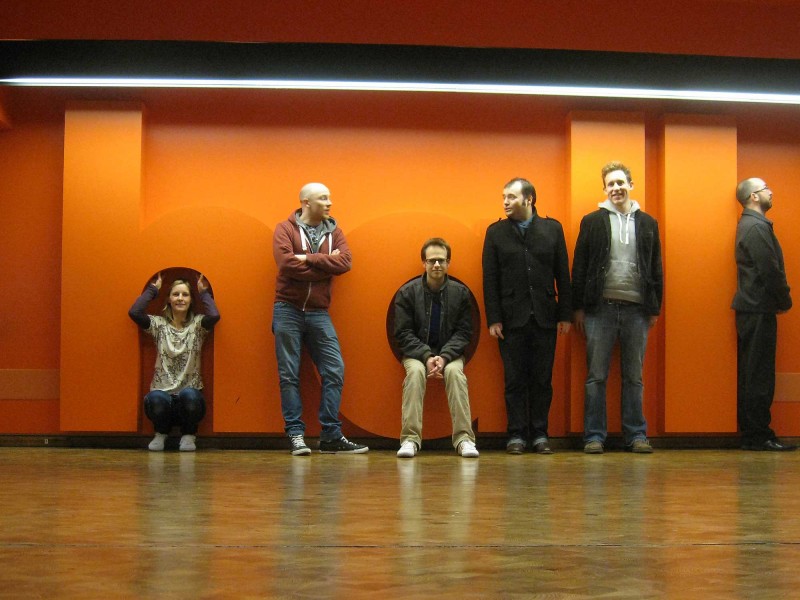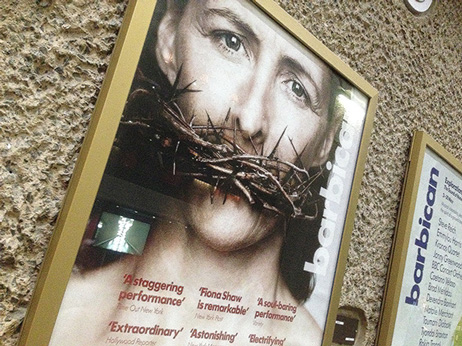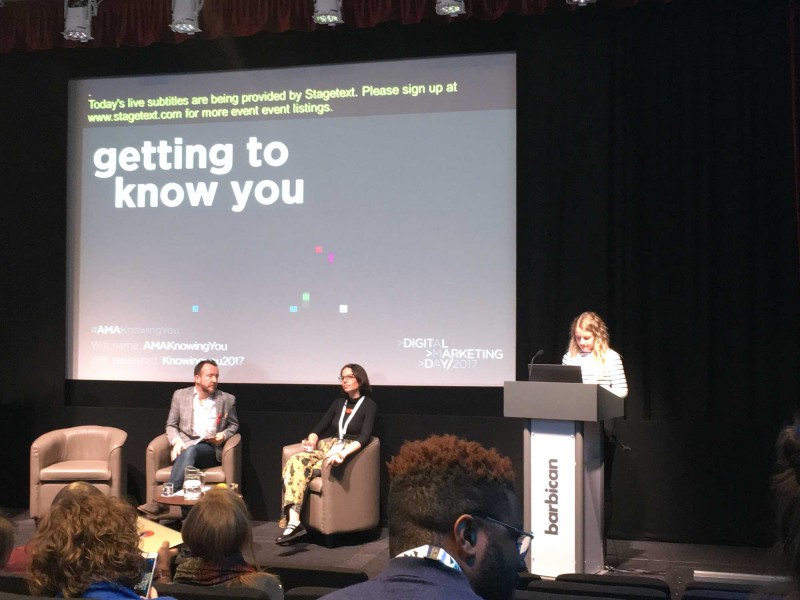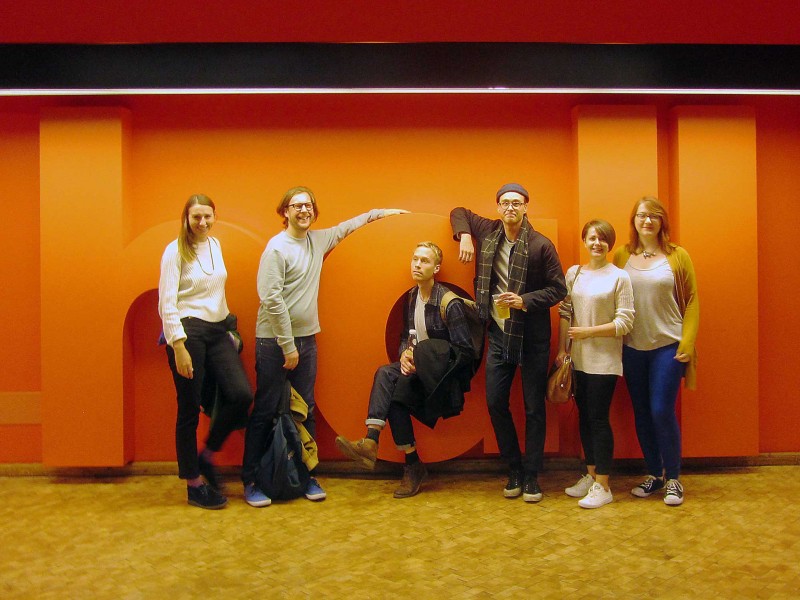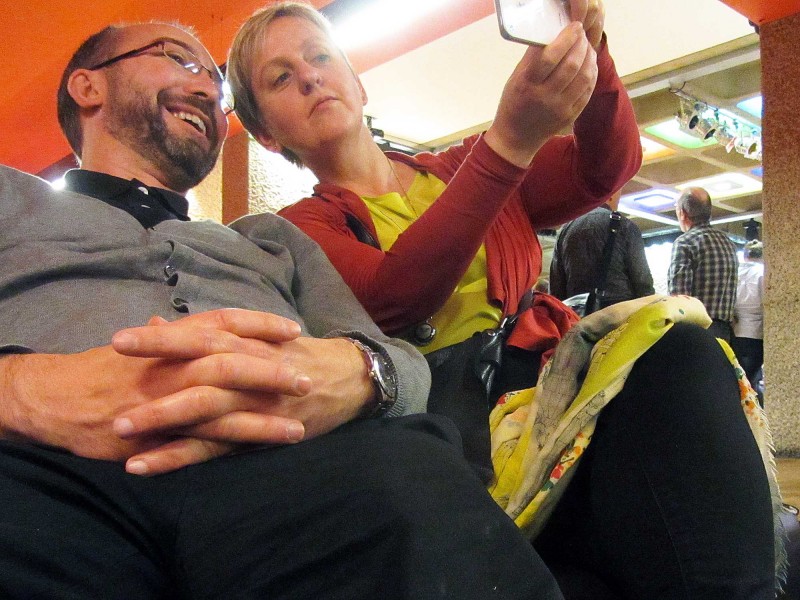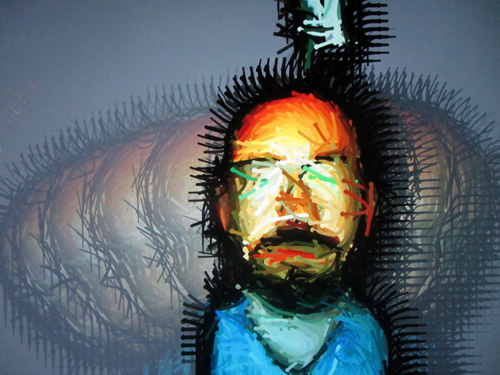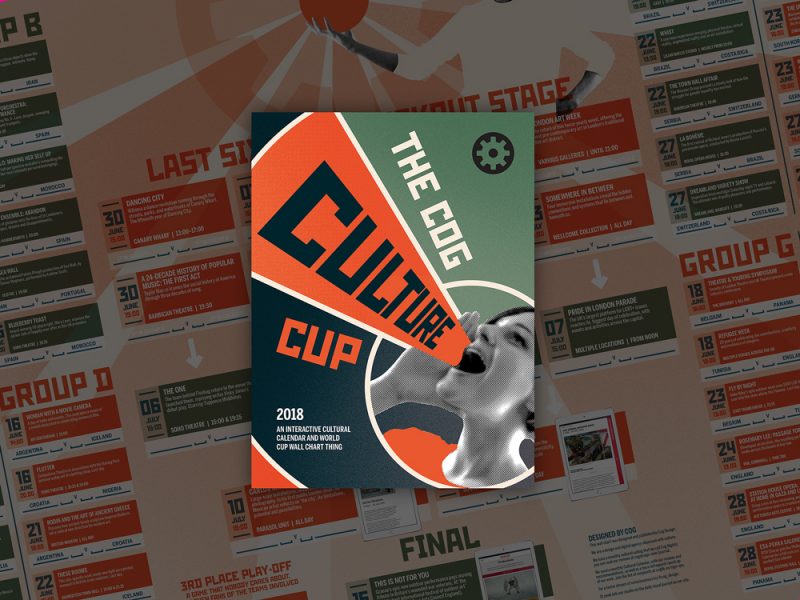In 2000 Michael wrote a history of Brazilian music in the programme notes for the Brasil:Brazil festival at the Barbican. We’re republishing them as part of our World Cup celebrations.
Brasil:Brazil essay
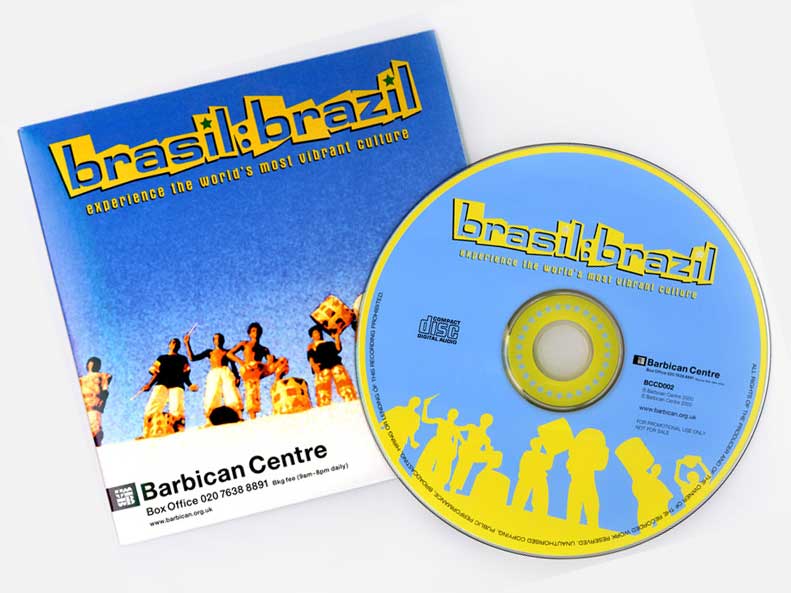
Brazil is a country that is impossible to ignore. It occupies a massive physical and psychological space that dominates the South American continent and has a colourful past that has seen the assimilation of many very different cultures. A land of apparent contradictions, where the wealthy live cheek by jowl with starving street-children; where once expelled musicians are lauded by the next generation; where an impoverished beach dweller can rise to become the most famous footballer on earth and where the glamour of the carnival can sweep away the worries of a year. Through all of these contradictions, some constants remain. Portuguese is a common language, more than 90% of the population is Catholic, and music is all-pervasive.
If Brazil exists as a state of mind, then it’s one accompanied by a soundtrack. The rhythms of the nation punctuate and illustrate every historical phase. Each influx of population, adaptation of religion and each new generation, makes its mark through music.
If Brazil exists as a state of mind, then it’s one accompanied by a soundtrack. The rhythms of the nation punctuate and illustrate every historical phase. Each influx of population, adaptation of religion and each new generation, makes its mark through music. From the daily rituals of life through to international events, all are accompanied by a rhythmic theme-tune. The very sight of Christ the Redeemer’s outstretched arms, welcoming all to the promised lands, through Rio’s sparkling waters is an alluring prospect to any traveller. Brazil has seen centuries of visitors, invasions, conquest and exploration, as each successive generation has sought to plunder the riches of this vast landmass.
When first colonised by the Portuguese in 1533, Brazil had approximately 5 million native Indians. 500 years on, that population is less than 250,000. The Portuguese priests were quick to pick up on the importance that the natives placed on music. They soon adapted their liturgies to include ritual song and dance, and so began the first of innumerable assimilations that have shaped the musical landscape.
For many tribes, song was so sacred that it was kept for ceremony and ritual. It was and is rhythm that underpins the heart of Brazilian music. Portugal may have provided the soul and poetic lyricism that is so popular in today’s song, but it is Africa that provided its beating heart.
The majority of Brazilian slaves were taken from the west coast of Africa. Unlike their protestant, US counterparts, Brazil’s slave owners tolerated their religions and music. It was fighting that was heavily punished. This led to the development of a new martial art, capoeira, as duels were fought out through dance.
Slavery was not outlawed until 1888, and continued unofficially for many decades. The disaffected descendants of this population have faced persecution and intolerance, finding it hard to break out of a cycle of poverty and re-appropriate their identity. As one answer to this, the 1970s saw the rise of ‘blocos afro’, Afro-Brazilian percussive ensembles, who unite black youth, and give them a voice. Ilê Aiyê were the first and remain the most important and true to their roots. Translated as ‘House of Negro’, they have a 3,000 strong membership and continue to ‘spread the black word’. The blocos tradition has been taken and adapted to support many other groups.
The origins of what we now think of as carnival are difficult to trace, but they seem to lie in the Roman, pre-Lenten observances. Until the 20th Century, the ‘Entrudo’ was a time of lawlessness and mischief in Brazil, with the Roman idea of role reversals being used as a license for trouble.
Whilst the Entrudo kept most people locked in their houses, the aristocracy of Rio were holding their own versions of European, masked balls; and the white working classes were creating their own musical mayhem in clubs called blocos, ranchos or cordoes.Out of the clubs, sprung the carnival floats and processions. Parades often told Biblical stories or retold historical events. The unified drumming sound that is so indicative of carnival music was also born from this time and is the basis of the modern samba school bateria or percussion section.
It was a drought in the northeast (1877) that first saw an influx of black people onto the streets of Rio, bringing with them the dance and musical heritage that completed the line-up of the carnival as we know it.
The original carnival music was ‘choro’, meaning literally crying or sobbing. It is a largely instrumental form, with roots in Portuguese fado and borrowing from the European tastes in Polka and the Waltz.
The sparse syncopation of choro was adapted by slaves into Brazil’s best-known rhythm: the samba. The samba can take many forms, from the percussion backed, shouted, call and response of the carnival (samba de enredo); to the percussion only, sambo do morro; or the slowed down style of the samba-cançáo. It was in 1916 that composer, Donga, first gave a name to this music and a year later his song Pelo Telefone marked the start of a rhythmic tradition that remains with the carnival today.
More recently, carnival has proved a springboard for aspiring performers, to leap from obscurity to international stardom. Tow of the most remarkable examples performed as part of Brasil:Brazil. Margareth Menezes, mixes up samba with reggae and pop, in a blend of her own. A huge hit with the Salvador carnival, she is now an international star, having been ‘discovered’ by David Byrne and taken on tour around the world. Daniela Mercury has also risen from the Salvador carnival to international acclaim. She pioneered the axé style; a poppy mix of Bahian sounds that has caught the public’s imagination. She is a leading light in MPB (música popular brasileira) a catch-all term for Brazilian pop. Constantly pushing at the boundaries, she experiments with electronic sounds and techno influences. She has sold 800,000 albums across Europe.
In late fifties Rio, the samba took a new twist. When João Gilberto recorded the Tom Jobim and Vinicius de Moraes song, Chega de Saudade, he launched the new wave – the bossa nova. By the early 1960s, he was in the studio with his then wife, Astrud Gilberto, and the jazz man Stan Getz. Their English language version of The Girl From Ipanema brought the sound to the world, and inspired a million imitators. None could or can match the cool vibrato-free timbre or off-beat guitar rhythms that have made Gilberto a legend.
The late 1960s were a time of change across the world, none more so than under the harsh dictatorship of the Brazilian government. As a reactionary movement, protest sambas were a direct contradiction to the urban chic of Bossa Nova. In 1967, the São Paulo music festival was literally rocked when two men from the state of Bahia exploded onto their stage with electric backing. Caetano Veloso (who opened the Brasil:Brazil festival) and Gilberto Gil had marked the start of the Tropicalismo movement. The loud, anarchic mix of jarring elements from different cultures, struck a chord, and increasing popularity for the music, led to the pair being exiled to London. By the time they returned in 1972, Tropicalismo had become the norm.
As the political climate has become more stable, and periods of prosperity have allowed, new generations of Brazilians are finding their own ways to make a musical mark. Unlike so many of its neighbours, Brazil’s comparative wealth has allowed a greater freedom to experiment with new sounds and technologies. Nearly all contemporary musical styles are an interpretation or a modern take on respected traditions, often fused with the sounds of new technologies.
One of the most important new musical expressions has been a new look at the ancient, folkloric traditions of the northeast. Sweeping down from the less cosmopolitan states (Paraiba, Pernambuco and Maranhão) a new wave of musicians is having a profound impact on the perceptions of their nation. Two of the movement’s most important exponents, performed in one concert. Lenine is the kingpin of the movement, setting the tone with an endless list of collaborative projects that has brought his incisive lyrics to a wider audience. A heavy, almost rock, guitar picks up on folk themes and transforms them with sampling and percussive loops. Chico César has a gentler edge, with yearning melodies and simple, uncluttered songs backed by a subtle mix of brass, traditional acoustic and electronic instruments.
Taking Brazilian musical history full circle, the world is now awash with Brazilian rhythms. With dance music and sampling so prevalent, European music is now, more than ever, full of Brazilian rhythms. Bands like Stereolab, Tortoise and Beck are claiming Tropicalia as their major influence; the carnival in its many forms is an annual event at most major cities; the samba and bossa sounds are an inescapable part of the advertising agency palette; the dance charts are full of remixes by the late Suba; and European bands are producing their own take on the legacy, often fronted by Brazilian singers.
It’s 500 years since the Portuguese explorer, Pedro Alvares Cabral, stumbled across Brazil. Since then, this magnificent country has been on a voyage of musical discovery, taking on board a myriad of influences on the way. The Brasil:Brazil festival brings together many of the icons who have defined genres during the past four decades; groups whose influences lie in a heritage that stretches back to times of slavery and beyond; and the new vanguard of artists, whose influence is, once again, changing the musical landscape of the world’s most vibrant culture.



